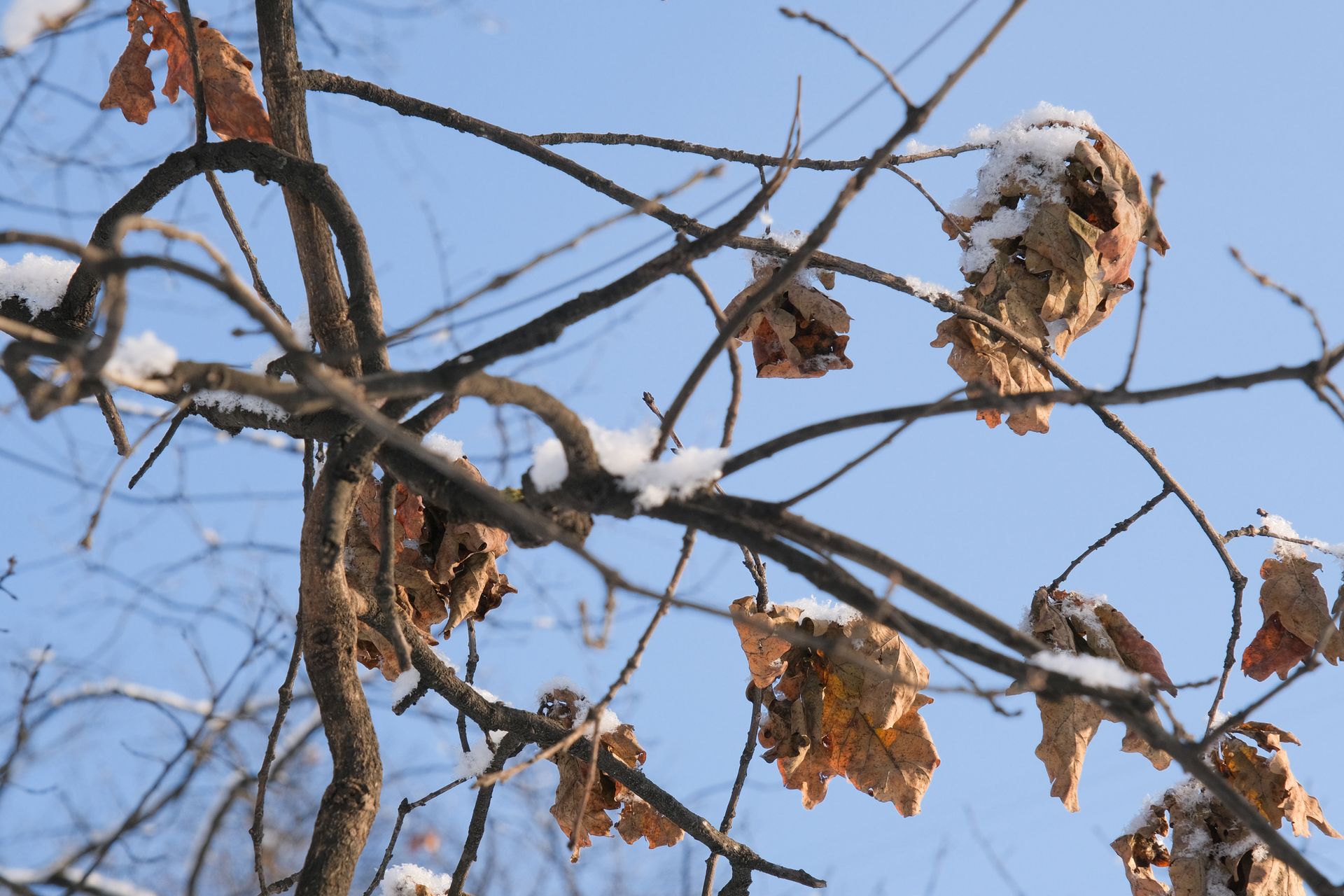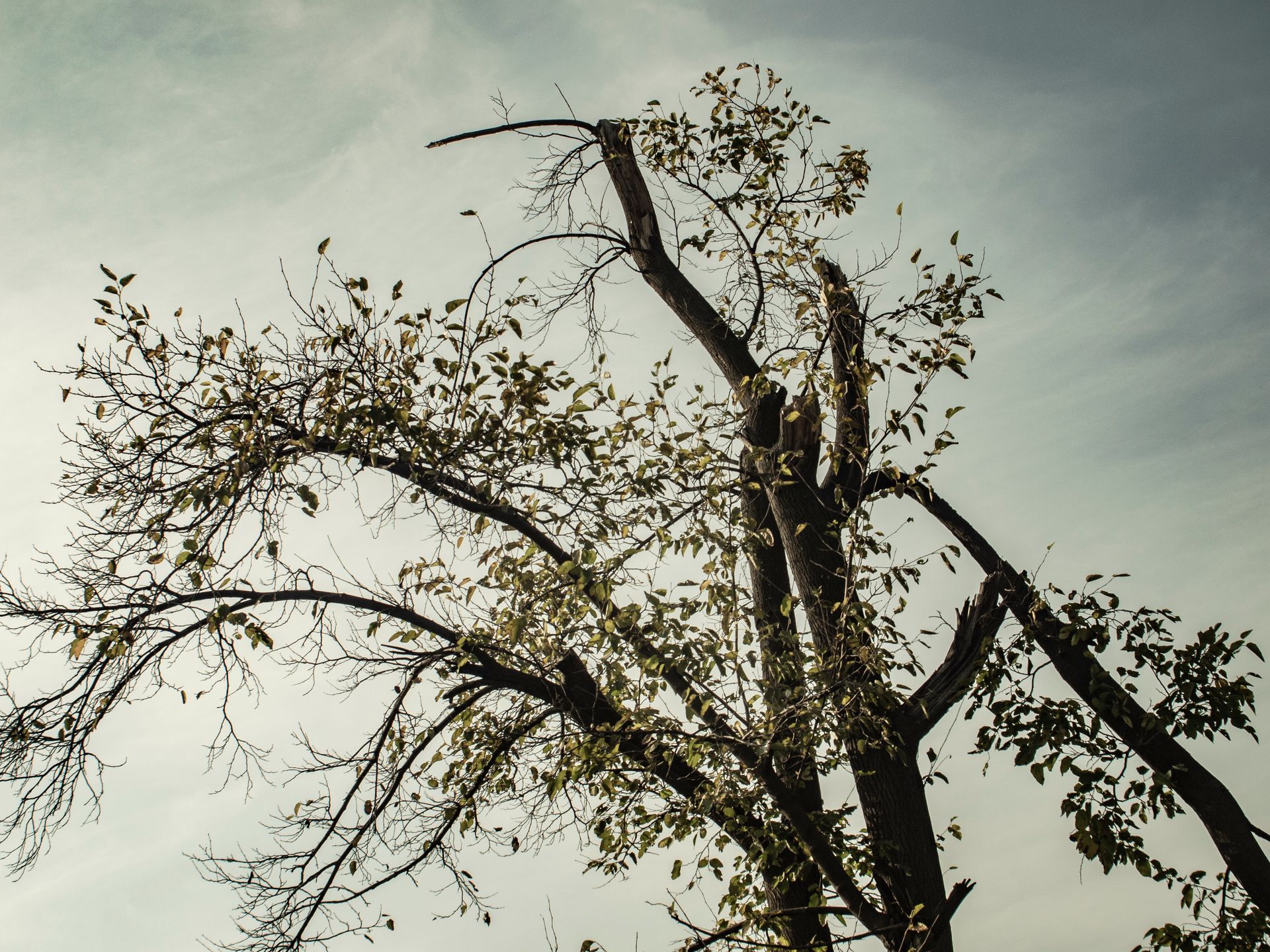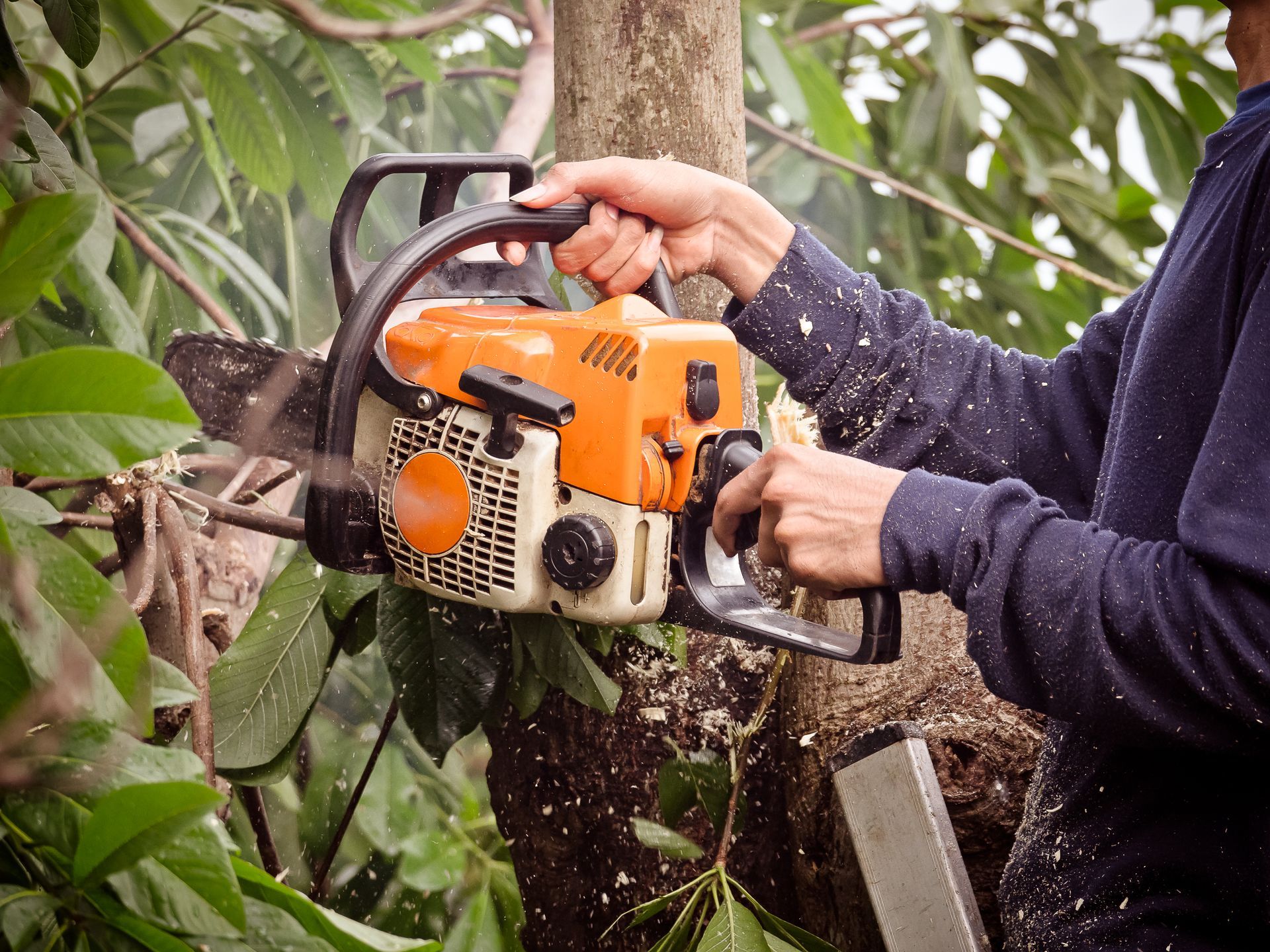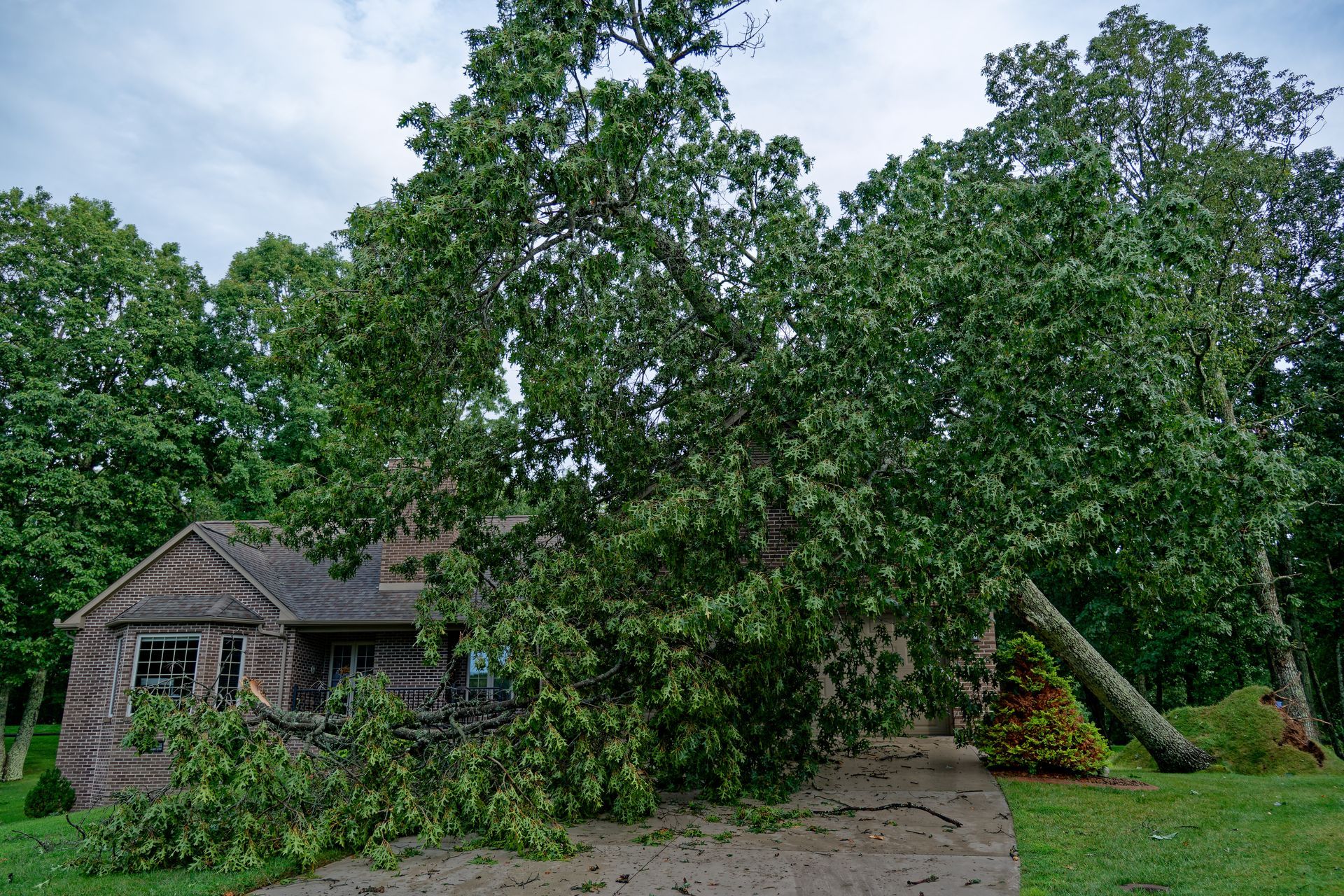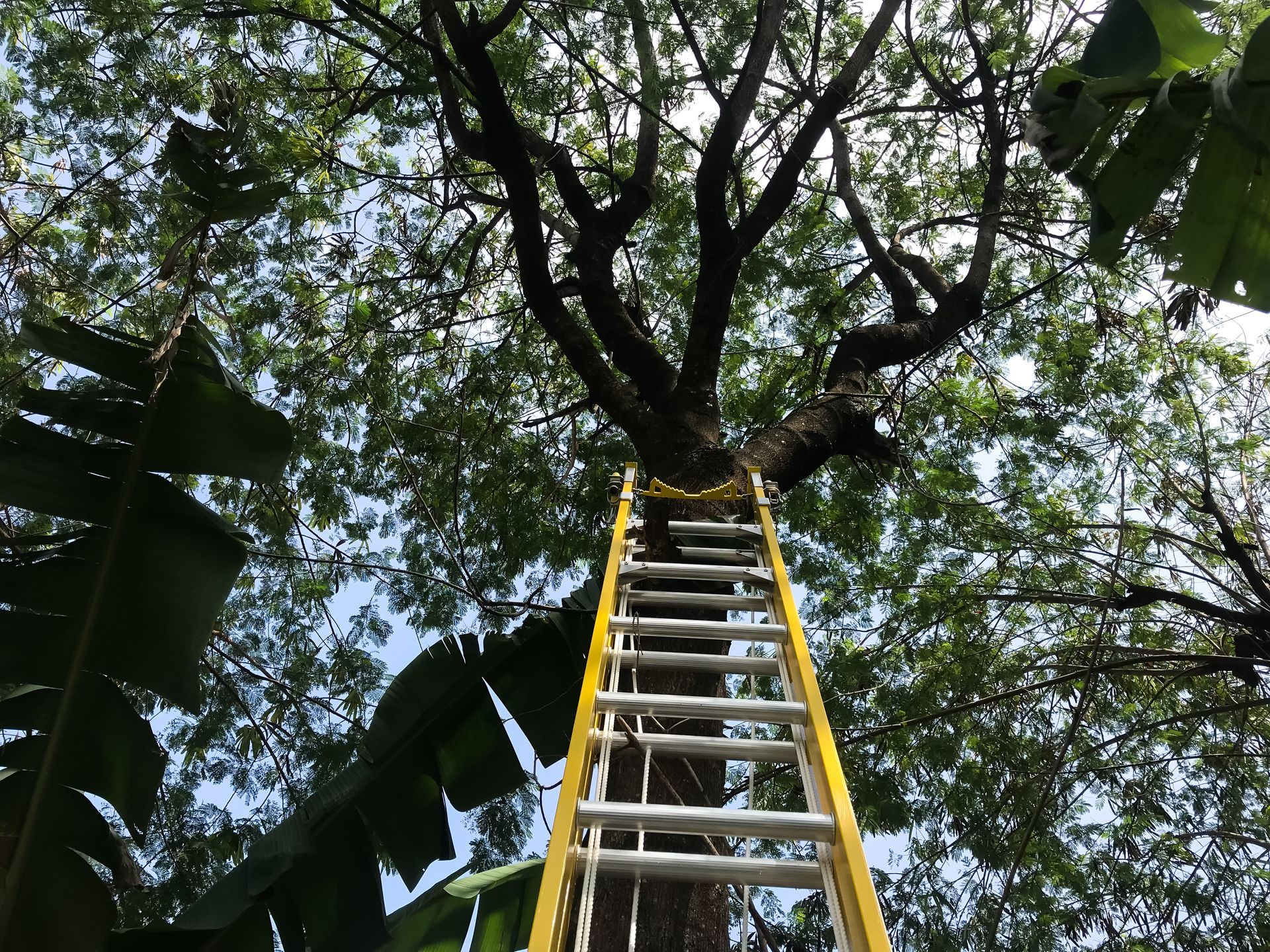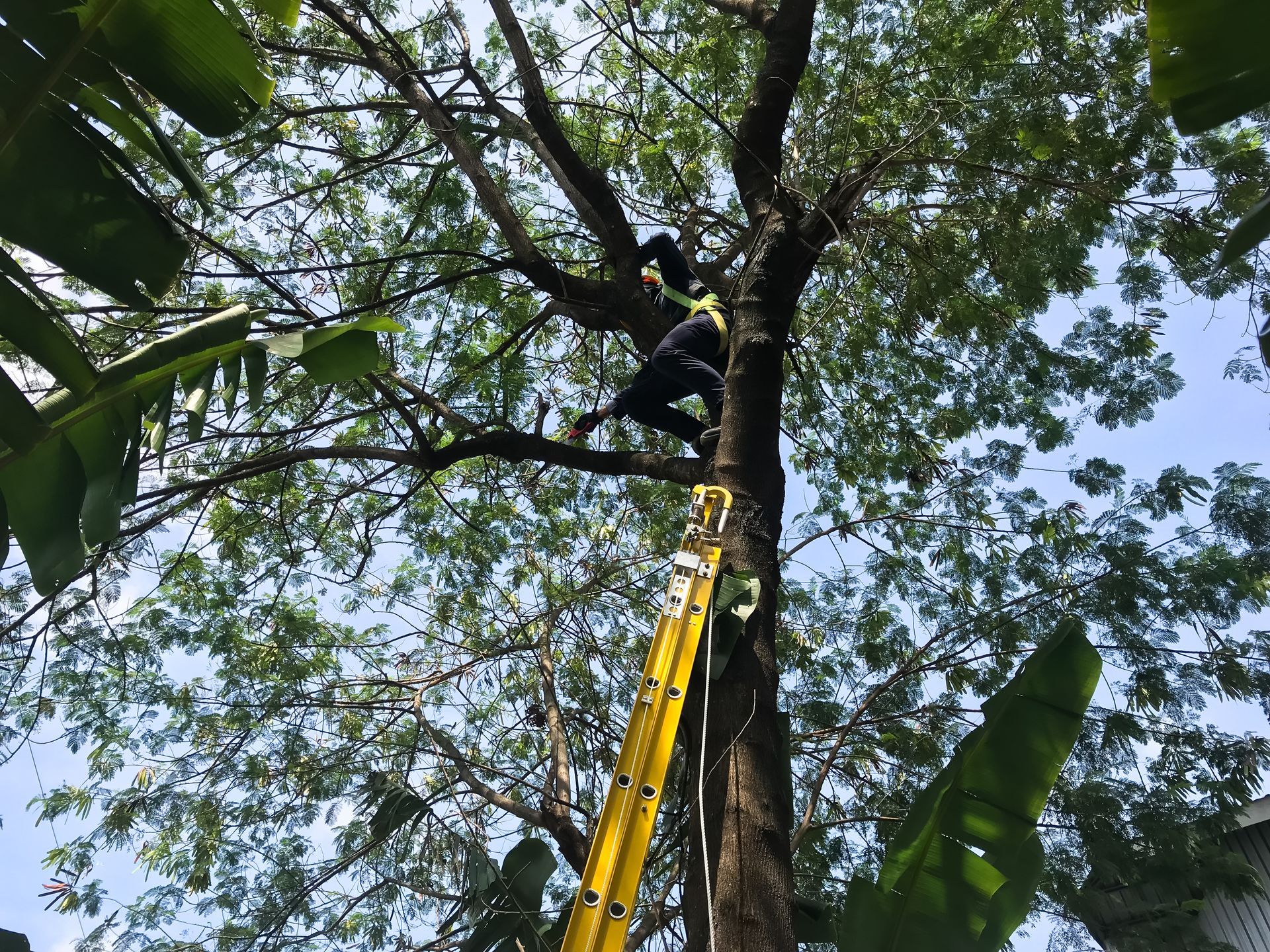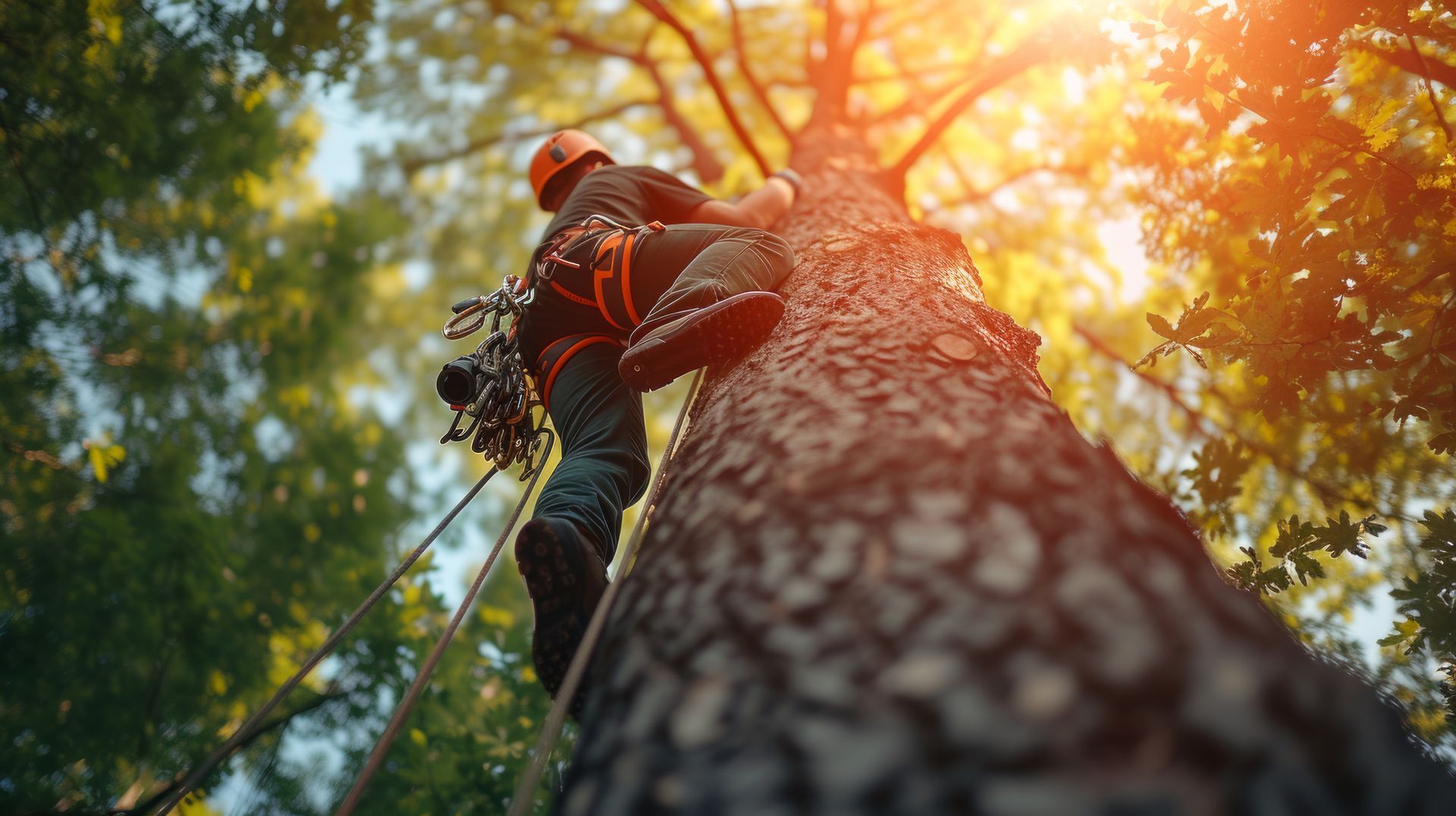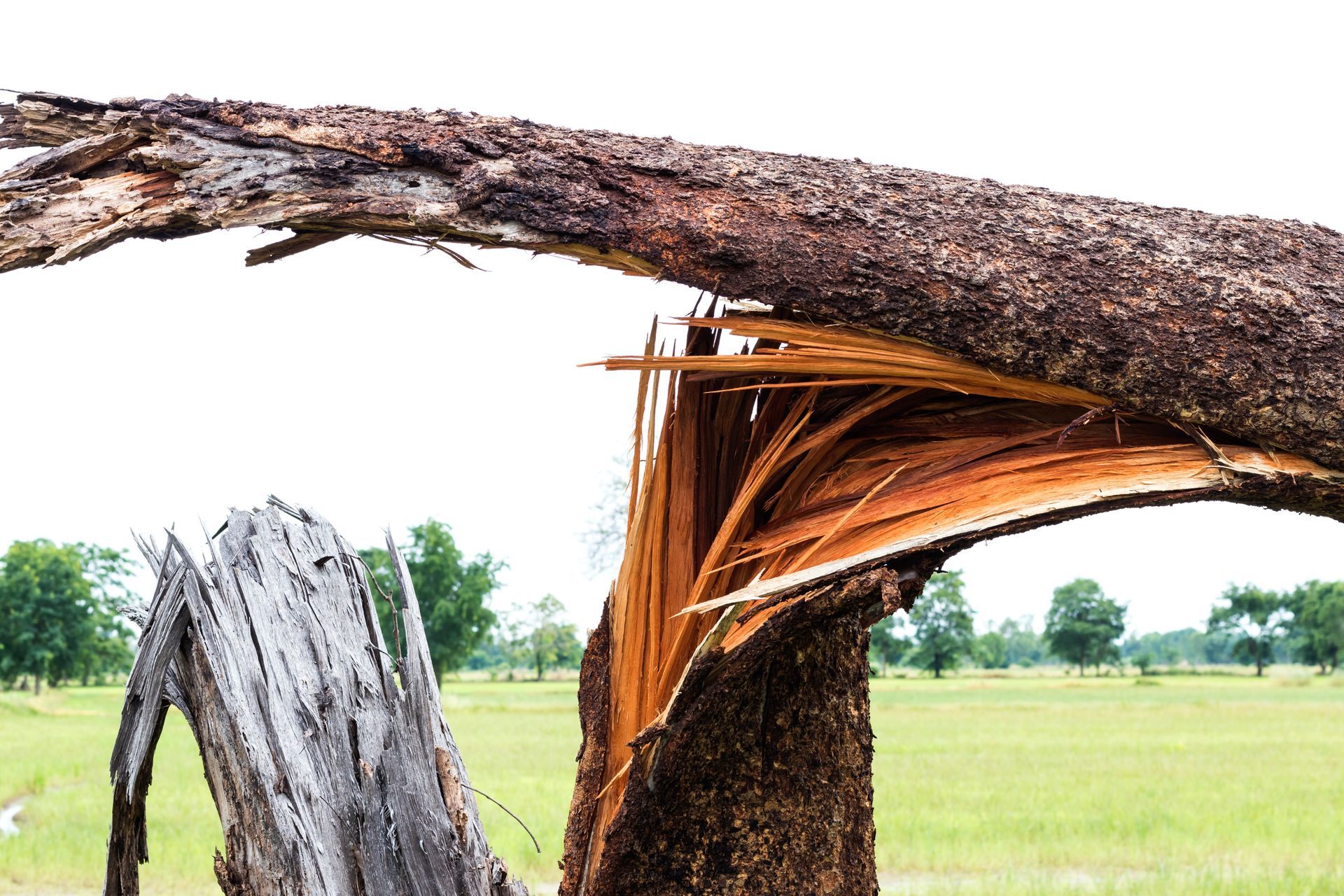Birch Tree Leaves: Common Questions and Care Tips
Birch Tree Leaves: Common Questions and Care Tips
Birch trees are beloved for their striking white bark and graceful leaves that flutter in the breeze. Although birch trees are beautiful, they can be somewhat delicate, particularly when it comes to their leaves. Homeowners frequently have questions about everything from leaf color changes to caring for the tree during tough seasons. Understanding the health of your birch tree starts with understanding its leaves. Let’s break down some of the most commonly asked questions and provide actionable care tips to keep your birch thriving year-round.
Why Do Birch Tree Leaves Turn Yellow?
One of the most common concerns birch tree owners face is leaf yellowing, especially when it happens during the growing season. If you’re seeing yellow leaves on your birch, the tree may be under stress, most commonly from drought. Birch trees are quite sensitive to water shortages. When they don’t get enough moisture, their leaves can turn yellow as an early warning sign.
Care Tip: Ensure your birch gets at least 1 to 1.5 inches of water per week, especially during hot and dry spells. A great way to conserve moisture is by mulching around the base of the tree. This helps keep the soil cool and reduces water evaporation. Always water deeply to encourage root growth rather than frequent, shallow watering.
When Do Birch Trees Lose Their Leaves?
Like all deciduous trees, birches shed their leaves in the fall. However, if your birch tree is dropping leaves early, it could be a sign of stress due to factors such as drought or pest infestations. Early leaf drop can also occur if the tree is planted in a location that’s too sunny, as birch trees prefer cooler, more shaded environments.
Care Tip: Make sure your birch is planted in a location where it gets some afternoon shade. This can help it avoid heat stress during the hottest part of the day. Regularly inspect the tree for pests like aphids or leaf miners, which can cause early leaf drop. Identifying and addressing problems early can greatly reduce stress on your tree.
How Can I Identify Problems with Birch Tree Leaves?
Birch tree leaves are like an early-warning system for your tree’s health. If you’re noticing brown edges, curling leaves, or spotting, these can all be indicators of deeper issues such as disease or pest infestation. Birch trees are prone to certain leaf spot diseases that can cause unsightly blemishes on the leaves and weaken the tree over time.
Care Tip: Remove and discard any leaves or branches that have been infected to prevent the spread of disease. You may need to treat the tree with a fungicide if the problem persists. As a preventative measure, try to water the tree at the base rather than overhead, as wet leaves can contribute to the spread of disease.
How Do I Care for My Birch Tree’s Leaves?
Caring for your birch tree’s leaves starts with ensuring the overall health of the tree. Birch trees have shallow roots, which makes them vulnerable to drought and extreme weather conditions. Without proper care, the leaves will show signs of stress long before the rest of the tree does. Keep the tree well-watered, properly mulched, and shielded from environmental stressors to maintain vibrant, healthy foliage.
Care Tip: In the spring, use a balanced fertilizer to promote strong leaf growth and overall tree health. Avoid over-pruning your birch, as this can stress the tree and reduce the tree’s energy for leaf production. Concentrate on pruning dead or diseased branches, while preserving the healthy ones.
Conclusion
Understanding the health of your birch tree starts with its leaves. They are the first to show signs of stress and can tell you a lot about the tree’s overall well-being. With consistent care, proper watering, and a little vigilance, your birch tree can remain a healthy, beautiful part of your landscape for years to come. By keeping a close watch on the leaves and promptly resolving any issues, you can ensure your birch stays lush and vibrant throughout the seasons.
